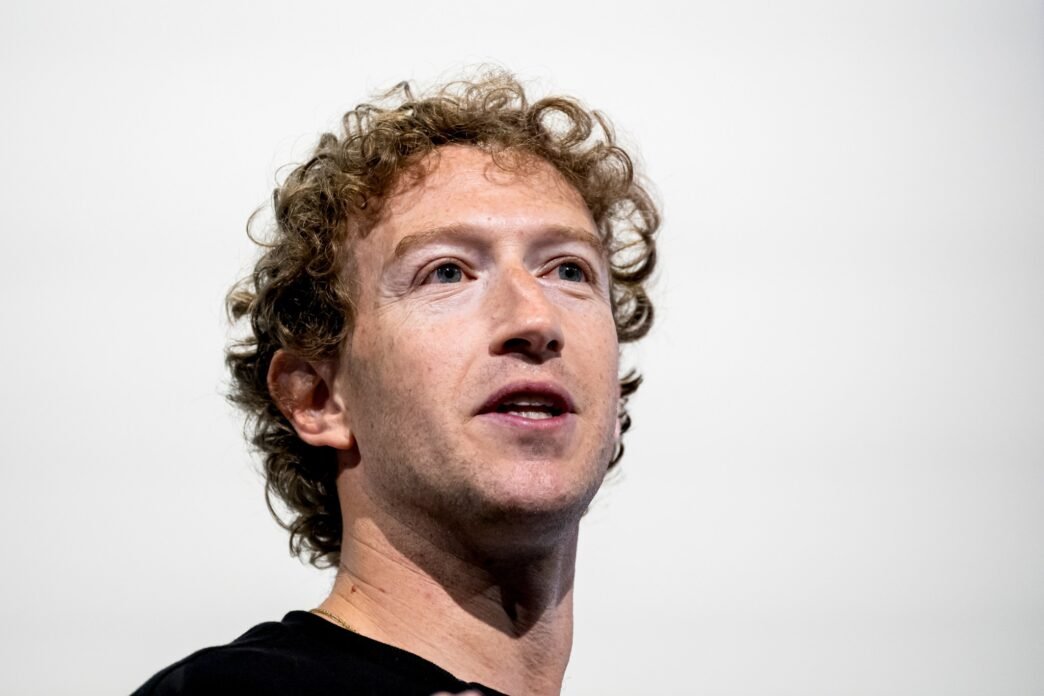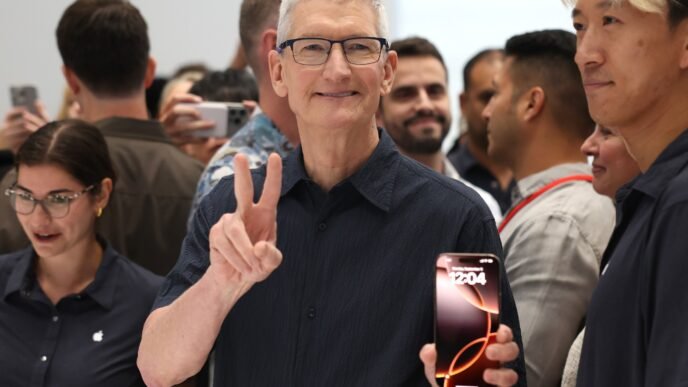Meta’s AI Ambitions Amid Market Panic
The artificial intelligence (AI) landscape is evolving rapidly, with new competitors like DeepSeek emerging to challenge industry giants. This week, U.S. stock markets experienced turbulence after speculation that DeepSeek’s AI advancements could significantly reduce the demand for high-performance GPUs. Nvidia, a key supplier of AI chips, saw its stock plummet by nearly 20% due to concerns that AI models like DeepSeek’s could reduce reliance on expensive GPUs.
However, Meta remains unfazed. During its first-quarter earnings call, Meta CEO Mark Zuckerberg reaffirmed the company’s commitment to aggressive AI investments, pledging to spend “hundreds of billions of dollars” on AI over the long term.
Meta’s Massive AI Spending Strategy
Zuckerberg has positioned AI as a cornerstone of Meta’s future growth, making it clear that investment in AI infrastructure will continue at an unprecedented scale. Some key takeaways from Meta’s spending strategy include:
- $60 billion earmarked for AI investments in 2025, with a major focus on expanding data centers.
- Billions of dollars dedicated to AI research to ensure Meta remains competitive against both open-source and closed AI models.
- Llama 4 in development, with plans to surpass existing models like OpenAI’s ChatGPT.
Meta’s AI Investment Breakdown (2025 Forecast)
| Category | Projected Spending |
|---|---|
| Data Centers | $60 billion |
| AI Research & Development | Billions of dollars |
| GPU & Chip Purchases | Unspecified, but substantial |
DeepSeek’s Impact on AI Competition
DeepSeek, a rising AI player, is gaining traction with its cutting-edge models, sparking concerns about its influence on the global AI ecosystem. Market analysts worry that DeepSeek’s efficiency-driven approach could shift AI development trends away from GPU-heavy infrastructure, potentially impacting chipmakers like Nvidia.
When asked about DeepSeek’s impact on Meta’s AI spending, Zuckerberg responded that investing heavily in AI infrastructure remains a “strategic advantage” for the company.
Key Quotes from Mark Zuckerberg:
- “It’s way too early to tell if demand for chips will stop increasing as they remain crucial for inference purposes.”
- “Our ability to build AI infrastructure at scale is a major advantage for both quality of service and user engagement.”
Meta’s Llama 4: Aiming to Lead AI Innovation
Meta has been making waves in the AI world with its Llama series of open-source models. Following the success of Llama 3, Zuckerberg revealed that the company’s next AI model, Llama 4, is in development and aims to be the most competitive model available—rivalling even top-tier proprietary AI systems.
Llama 4’s Expected Features:
- Agentic capabilities (AI assistants that can take autonomous actions)
- Multimodal abilities (integrating text, images, and audio processing)
- Enhanced efficiency (reducing computational costs while improving output quality)
According to Zuckerberg, “Our goal with Llama 3 was to make open-source competitive with closed models. Our goal for Llama 4 is to lead.”
The Future of AI Competition
With billions of users across Meta’s platforms (Facebook, Instagram, WhatsApp, and Threads), the company’s AI advancements will significantly shape the industry. While DeepSeek is emerging as a formidable competitor, Meta’s financial muscle, infrastructure investments, and open-source AI initiatives position it as a leader in the AI race.
AI Market Trends to Watch:
- Will DeepSeek’s efficiency-focused AI models reduce demand for Nvidia’s GPUs?
- Can Meta’s Llama 4 surpass OpenAI’s proprietary models?
- How will AI competition drive innovation in the next five years?
While DeepSeek has captured market attention, Meta remains resolute in its long-term AI investment strategy. By committing billions of dollars to AI infrastructure and research, Meta is not just keeping up with AI trends—it is aiming to set the standard. With Llama 4 on the horizon, the AI industry is in for another wave of groundbreaking developments.













